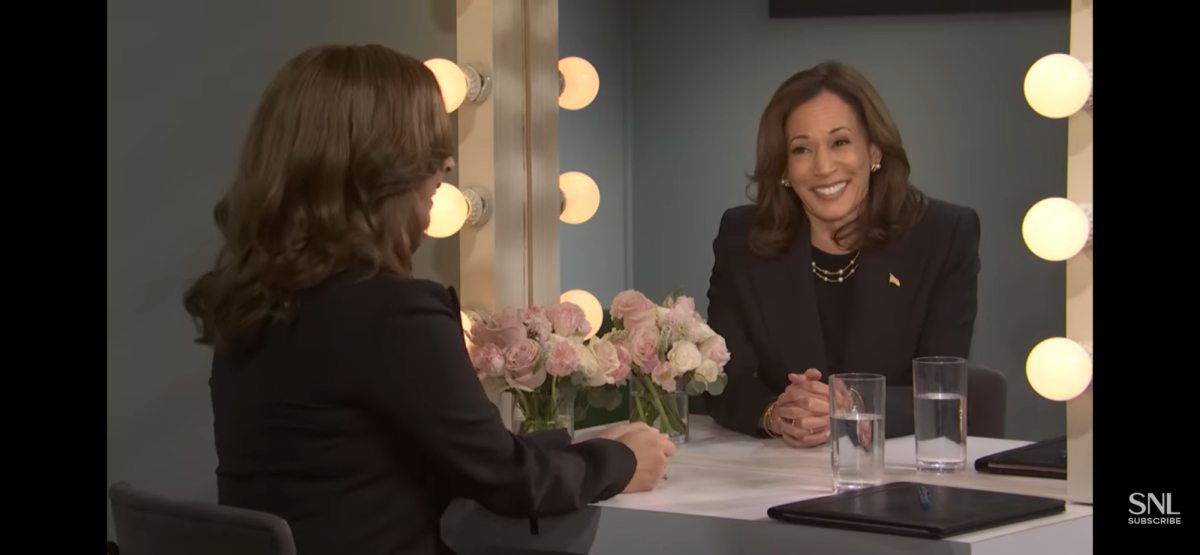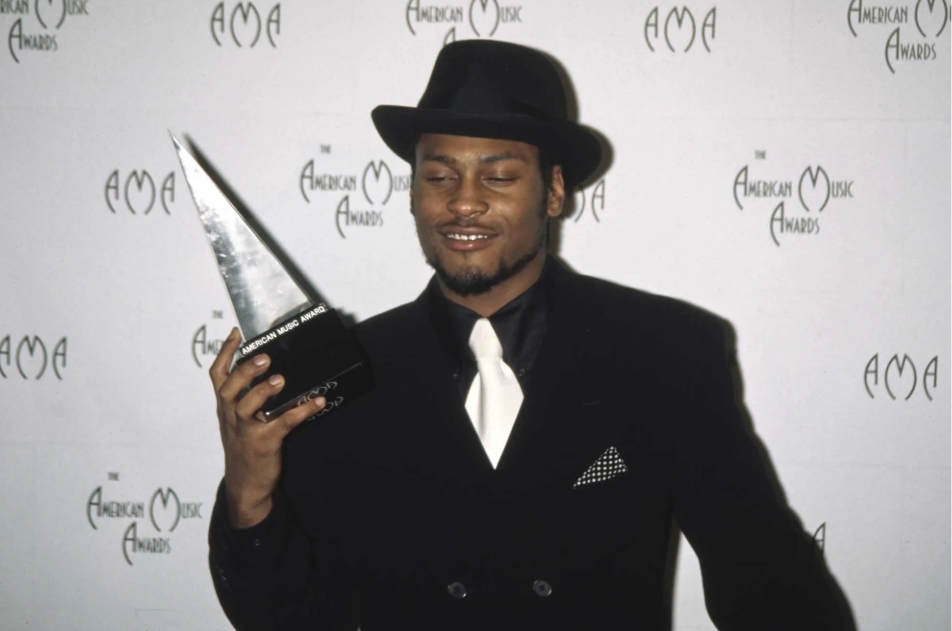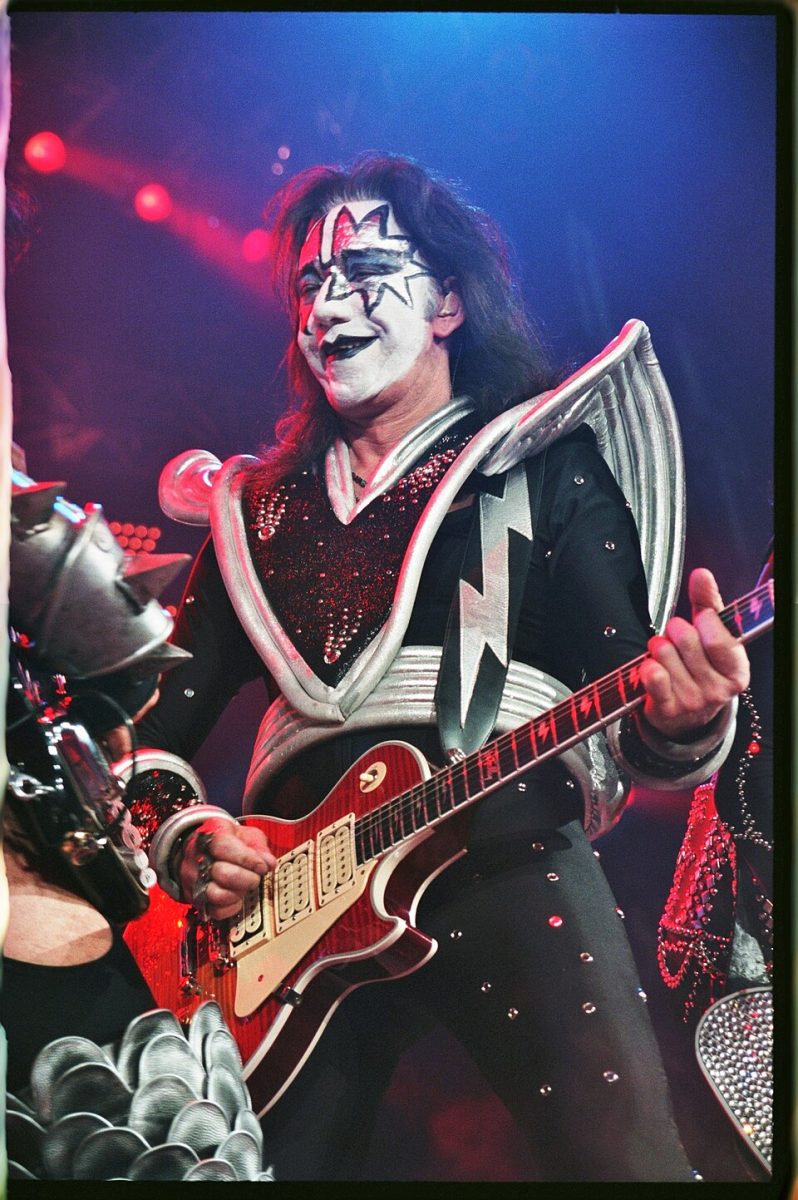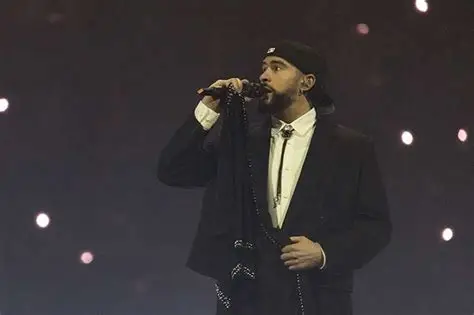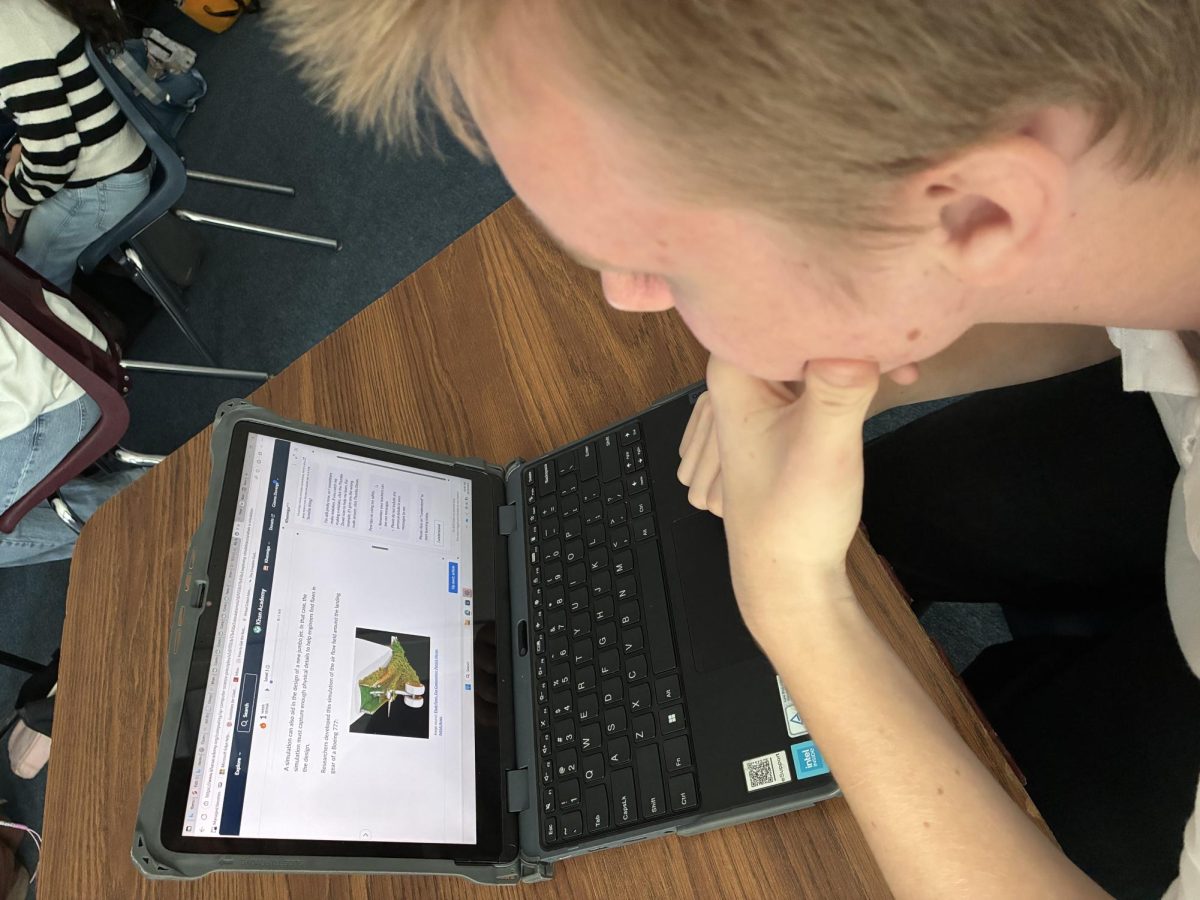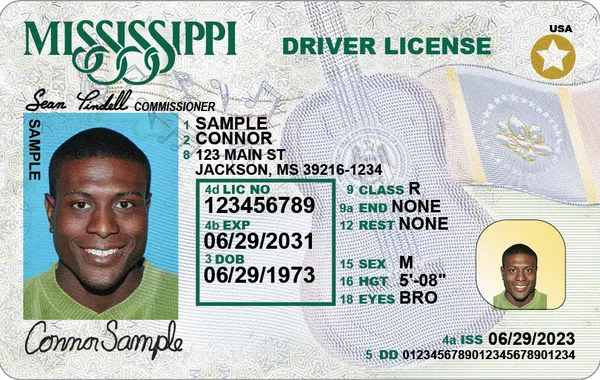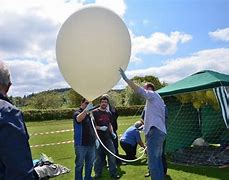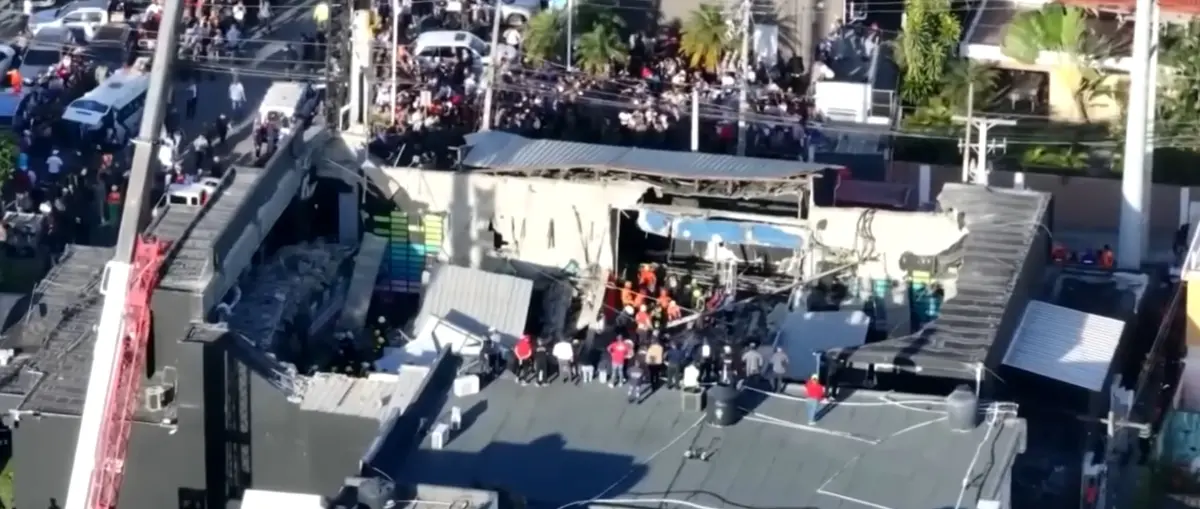On the eve of the 2024 presidential election, Vice President Kamala Harris made an unexpected appearance on Saturday Night Live (SNL), joining Maya Rudolph in a light-hearted sketch that not only entertained viewers but also stirred up political controversy.
The surprise cameo on November 2, just days before the election, marked a pivotal moment in the high-stakes campaign, with Harris stepping into the comedic world of late-night television. The cold open of the episode featured Rudolph as Harris, who was preparing to deliver a major speech in Philadelphia while engaging in a playful conversation with her running mate, Tim Walz (played by Jim Gaffigan), President Joe Biden (Dana Carvey), and husband Doug Emhoff (Andy Samberg). In a twist that surprised even SNL‘s audience, Harris appeared not as a politician but as an encouraging voice from beyond the fourth wall. The character of Rudolph’s Harris, grappling with the pressure of the election, wished she could speak to someone “who’s been in my shoes—a Black, South Asian woman running for president, preferably from the Bay Area.”
Enter Vice President Harris, saying, “It is nice to see you, Kamala,” she told Ms. Rudolph. “And I’m just here to remind you, you got this… because you can do something your opponent cannot do, you can open doors.” She not only reassured Rudolph’s character but also took a moment to laugh at herself, commenting on her own signature laugh: “I don’t really laugh like that, do I?”
The sketch ended with the iconic SNL tagline, “And live from New York, it’s Saturday night!”
In an interview on The View in late October, Harris remarked, “Maya Rudolph – I mean, she’s so good,” highlighting the comedian’s impressive capture of her mannerisms and style. However, not everyone was laughing that Saturday night.
Brendan Carr, a Republican appointee to the Federal Communications Commission (FCC), accused Harris of using the SNL sketch to sidestep the FCC’s Equal Time Rule. The Equal Time Rule requires that if a broadcast station offers airtime to one political candidate, it must provide the same amount of time to other candidates running for the same office. In this case, some critics argued that the sketch, while comedic in nature, could be seen as a subtle form of campaign promotion for Harris in the days leading up to the election. In a post on X (formerly Twitter), Carr called the cameo a “clear and blatant effort to evade the FCC’s Equal Time rule.” His comments quickly drew attention, with some seeing it as a politically motivated attack against Harris and NBC, and others viewing it as a valid legal concern.
In response to Carr’s comments, Jonathan S. Uriarte, the FCC’s director of strategic communications and policy adviser, clarified in a statement to Entertainment Weekly that the agency had not received any complaints regarding Harris’ SNL cameo. Uriarte further distanced the FCC from Carr’s comments, emphasizing that they did not reflect the agency’s stance. Supporters of Harris and NBC dismissed the concerns, arguing that the appearance was a harmless comedy sketch and not an overtly political statement. Critics, on the other hand, viewed it as yet another example of how television programming and political campaigning continue to intersect in an increasingly polarized media landscape.
What’s clear, however, is that the appearance resonated with viewers, showcasing Harris’s willingness to embrace humor at a time when political tensions are at their peak. The sketch was a brief respite from the intense scrutiny of the presidential race—providing both Harris and Rudolph with a moment to laugh, to poke fun at themselves, and to connect with a broader audience. A little humor is exactly what’s needed to navigate the pressures of public life and, as the sketch says, “Keep Calm-ala and Carry On-a-la.”

